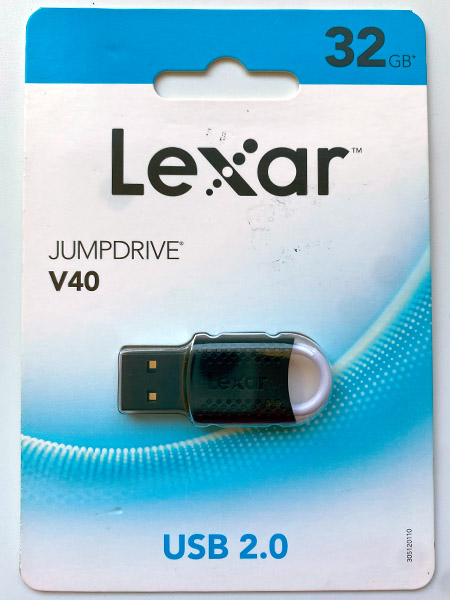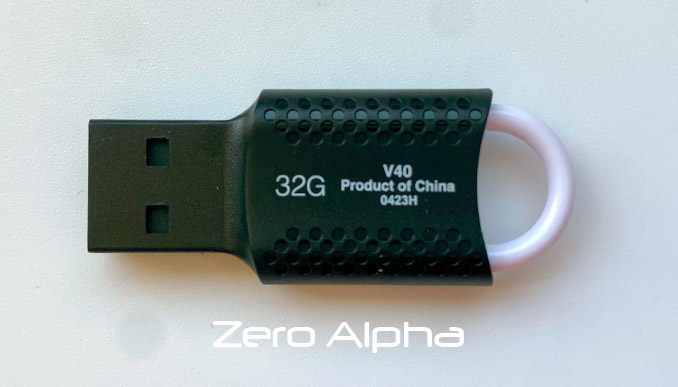Lexar Jump Drive V40 USB Data Recovery
Lexar Jump Drive V40, a reliable and compact USB flash drive. However, data loss can still occur due to various reasons. In this article, we'll explore the common problems associated with the Lexar Jump Drive V40 and the techniques and technology that can be employed to recover lost data.

Lexar Jump Drive V40 Overview
The Lexar Jump Drive V40 USB flash drive is a compact and versatile storage solution, offering capacities that range from 16GB to 256GB. It is designed for on-the-go data storage and transfer, making it a popular choice for individuals, students, and professionals.
Common Problems with Lexar Jump Drive V40
Despite their durability and reliability, Lexar Jump Drive V40 USB flash drives are not immune to data loss issues. Some of the common problems users might encounter include:
-
Accidental Deletion: Often, data is lost due to user error, such as accidental deletion of files or formatting the drive.
-
File Corruption: Files can become corrupted due to improper ejection, abrupt removal, or damage to the flash drive itself. This can result in unreadable or inaccessible data.
-
Physical Damage: Physical damage to the USB connector or internal components can render the flash drive inoperable, preventing data access.
-
Virus and Malware: Infections from viruses or malware can corrupt files or even lock users out of their flash drives.
Data Recovery Solutions

When data loss occurs with a Lexar Jump Drive V40, it's essential to employ the right data recovery solutions. Here are the techniques commonly used for data recovery from USB flash drives:
-
Accidental Deletion: For accidental deletions, the first step is to check the computer's recycle bin for the deleted files. If not found there, data recovery software can be employed to scan the USB drive and recover the deleted files.
-
File Corruption: For corrupted files, recovery software can often repair and recover the data. The recovery process usually involves repairing the corrupted data structures within the flash drive.
-
Physical Damage: In cases of physical damage, data recovery might involve repairing or replacing the damaged USB connector or repairing the internal components. This often requires the expertise of professional data recovery services.
-
Virus and Malware: Dealing with viruses or malware may involve scanning the drive with antivirus software to remove the threats. Afterward, data recovery can proceed as usual.
Technology Behind Lexar Jump Drive V40
The Lexar Jump Drive V40 is built using NAND flash memory technology, which provides the device with several advantages:
-
Durability: NAND flash is highly durable and shock-resistant, reducing the risk of data loss due to physical damage.
-
High-Speed Data Transfer: Lexar Jump Drives leverage the high-speed capabilities of NAND flash memory, ensuring swift data transfer.
-
Reliable Storage: NAND flash memory is known for its data retention capabilities, making it a reliable medium for long-term storage.
The Lexar Jump Drive V40 USB flash drive is a valuable tool for data storage and transfer, but it is not immune to data loss issues that can be caused by accidental deletion, file corruption, physical damage, or virus attacks. Understanding these challenges and the technology behind the drive can be crucial when facing data recovery situations. While simple issues may be resolved using recovery software, more complex problems may require professional data recovery services to ensure that valuable data is retrieved. Always remember to regularly back up your important data to avoid the headache of data loss in the first place.